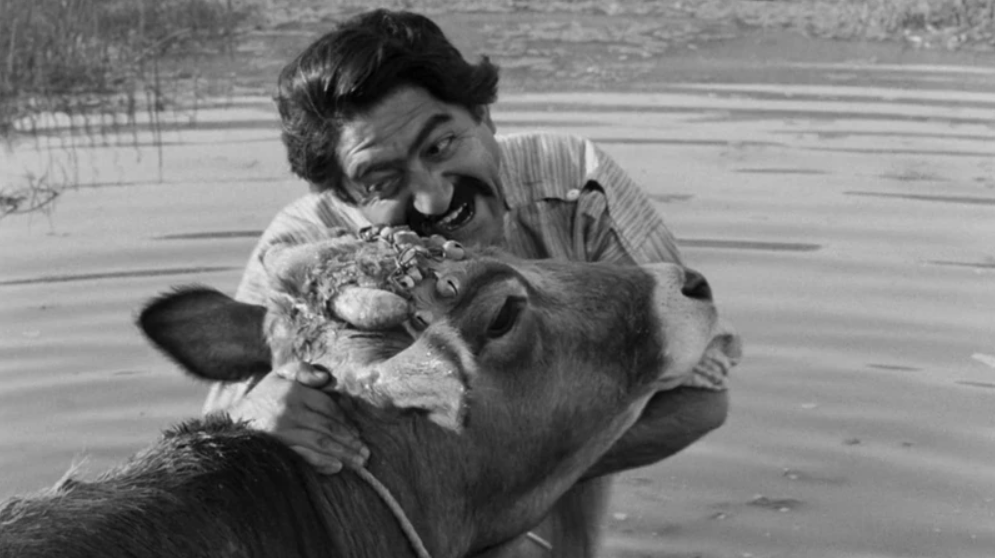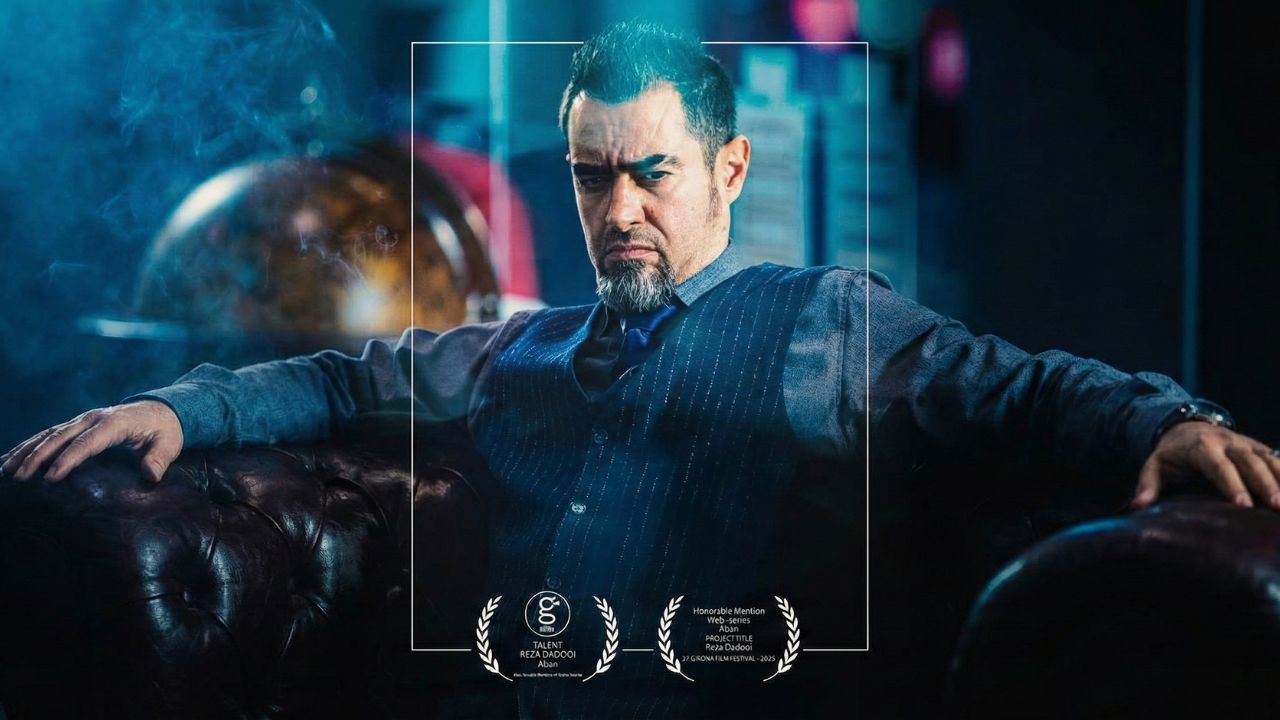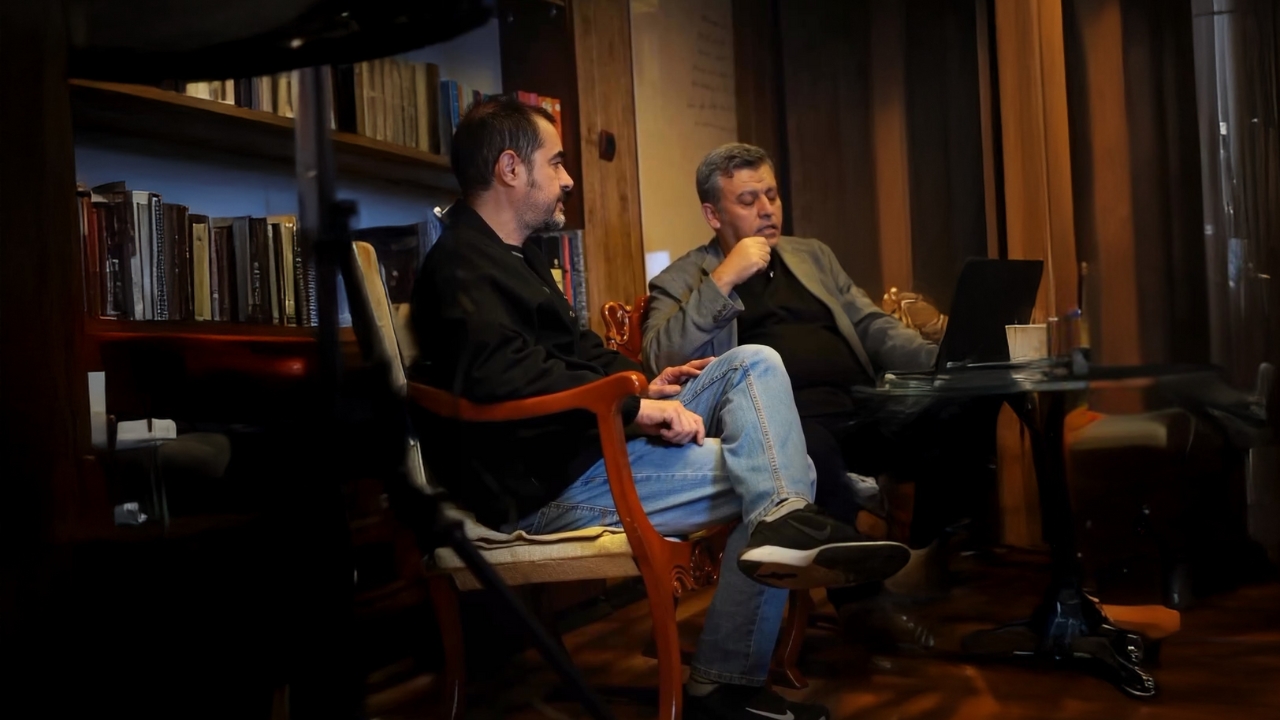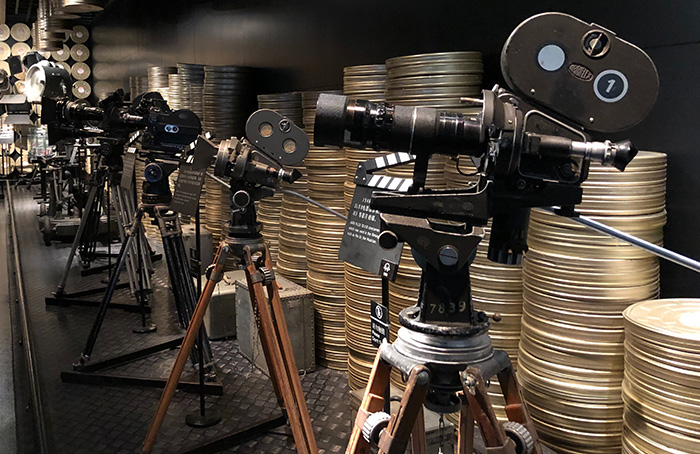
In 1969, Dariush Mehrjui directed The Cow based on The Mourners of Bayal by Gholam-Hossein Saedi. Due to its stark and realistic depiction of the miserable conditions of Iranian villages, the film was initially banned from screening. However, a copy was secretly sent abroad, where it won a critics’ award at the Venice Film Festival. This international success—especially for a banned film—was a shocking blow to Iran’s struggling film industry. The Cow was finally granted a screening permit a year later, but only after a “clarification” was added to the opening credits, stating that the story takes place “before the years of the White Revolution.”
The story follows Masht Hassan, whose only source of joy and livelihood is his beloved cow, which also benefits the village. His deep attachment to the animal is evident. One day, while he is away in the city, the cow mysteriously dies. The villagers, with the consent of his wife, secretly bury the cow and, upon Masht Hassan’s return, pretend that it has run away. He refuses to believe them, convinced that his cow is still alive. His mental state deteriorates, and he begins to see himself as the cow. Despite the efforts of the village elders to restore his sanity, their attempts fail. Eventually, the villagers decide to take him to the city, bound, for treatment. However, along the way, he escapes and falls into a ravine, where he dies.
The Cow was Mehrjui’s second film after Diamond 33 and is considered a seminal work of the Iranian New Wave. It was among the first Iranian films to be recognized and praised in the West.
Before this, a stage adaptation of The Cow was performed live on Iranian television in May 1965. It was directed by Jafar Vali and starred the same actors as the film: Ezzatollah Entezami as Masht Hassan, Ali Nassirian as Masht Islam, Jafar Vali, and Esmat Safavi.
When The Cow was released, it sparked intense debate within Iranian cinema. It was seen by audiences from all walks of life, from the Shah of Iran to government officials and the general public. According to sociologist Ehsan Naraghi, even the Shah understood the film’s message. In a three-page letter to Minister of Culture and Arts, Mehrjui detailed the film’s screenings for various groups, ranging from intellectuals like Jalal Al-e-Ahmad and Bahman Forsi to ordinary ministry workers. The letter highlights that Mehrjui himself engaged with audiences’ critiques and interpretations.
In his letter, Mehrjui writes:
“As per your instructions, a screening of The Cow was held for a diverse audience—writers, poets, government employees, students, and ordinary people. Overall, the film sparked discussion among intellectuals, while others found it engaging and praiseworthy. A few young students and office workers were deeply moved and congratulated me, while the general audience found the film entertaining, with certain scenes being particularly powerful and worth rewatching. Among the intellectuals, Mr. Manouchehr Anvar described the film as visually stunning and commendable but criticized the story, calling its core false and its dialogues empty and nonsensical. He felt that the events did not seem as realistic as they should.”
Jalal Al-e Ahmad considered the film important and insisted that it should not be viewed just once. He proposed watching it again with others and taking notes on it. He also suggested that Mehrjui develop the story further, but Mehrjui disagreed, stating that the concept was his own and that Al-e Ahmad’s proposed changes would feel forced and unnatural to the film’s flow. According to Mehrjui, Al-e Ahmad also noted that Saedi’s dark and ominous atmosphere was missing from the film, as everything appeared too polished, which he considered a flaw.
Mehrjui also recorded other opinions:
“According to Reza Baraheni—writer and literary critic—the film is outstanding. He repeated this sentiment multiple times and insisted that I should not alter it in any way.” It appears that Baraheni was subtly responding to Al-e Ahmad’s criticism.
Simin Daneshvar, Al-e Ahmad’s wife, had a different perspective, believing that the film did not emphasize Masht Hassan’s character as much as the stage play did, making it less impactful. Playwright and writer Bahman Forsi expressed that The Cow was a film that required deeper contemplation and could not be judged immediately. Filmmaker Manouchehr Tayyab observed that the characters were not equally developed, with Masht Hassan and Mash Islam standing out more, while the rest remained vague and underexplored.
After engaging with poets, filmmakers, and writers, Mehrjui also sought feedback from ordinary viewers. One of the most striking comments came from a janitor, who pointed out that the night scenes lacked the sound of frogs and that the stable should have had the noises of insects—minor details that reflected his careful observation.
Mehrjui reported to the Minister of Culture that, in general, no one had dismissed the film as “nonsense” or “rubbish.” At the end of his letter, he quoted director and writer Manouchehr Anvar:
“Until now, we believed that Iranian cinema was in motion, before realizing it was nothing more than an illusion. But with this film, we can finally see the real movement of Iranian cinema.”
The Cow is considered one of the defining films of the Iranian New Wave and remains highly controversial. The government’s decision to screen it for both intellectuals and the general public served as a kind of public survey, ultimately garnering widespread praise.
Ruhollah Khomeini’s book Culture: The Shadow of Prophecy, a compilation of Khomeini’s views on cultural and artistic matters, discusses unresolved theoretical debates from the early days of the revolution, particularly regarding culture and the arts. The book also references Khomeini’s stance on cinema and the controversy stirred by extremist factions. Specifically, it notes his thoughts on The Cow:
“By the grace of God, we have good speakers and writers. We have everything we need. I have often found that films made by Iranians are better than foreign ones. For example, The Cow was an enlightening film. But nowadays, films must come from America or Europe, filled with immorality, just to satisfy Westernized intellectuals. Most of the films imported into Iran are colonialist propaganda. Foreign colonialist films should be banned unless they are completely appropriate.”
Mehrjui later reflected on this period:
“At the start of the revolution, cinema was demonized, and people burned down theaters, believing them to be centers of corruption. Film production came to a halt, and cinemas shut down. In this situation, television happened to broadcast The Cow, and Imam Khomeini watched it. In a speech, he said: ‘We do not say that cinema is inherently bad. A film like The Cow can be a cultural and educational film that elevates the thoughts and spirit of its audience.’ His words were crucial for Iranian cinema.”



